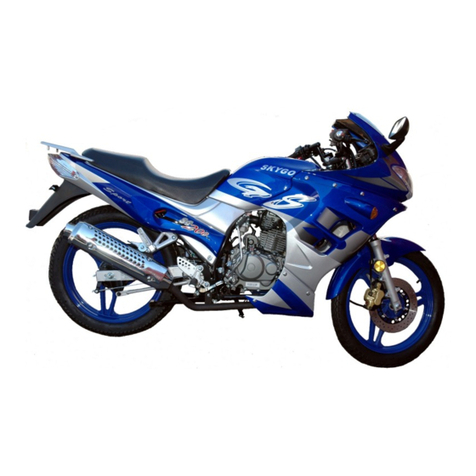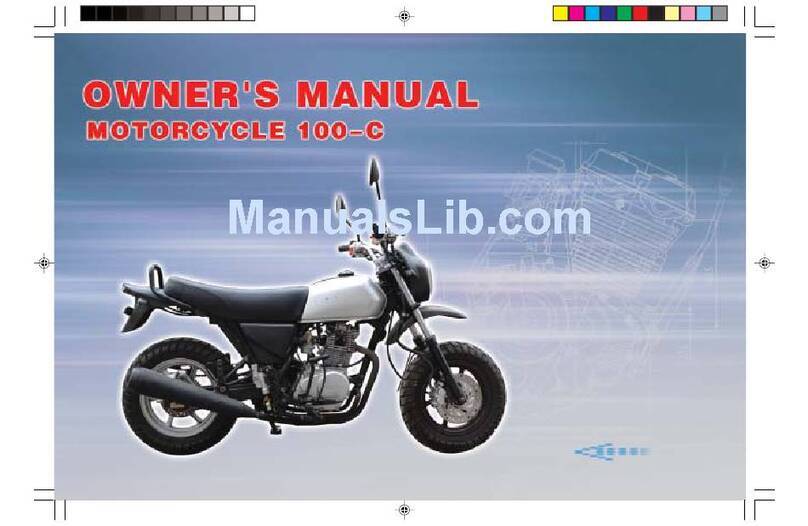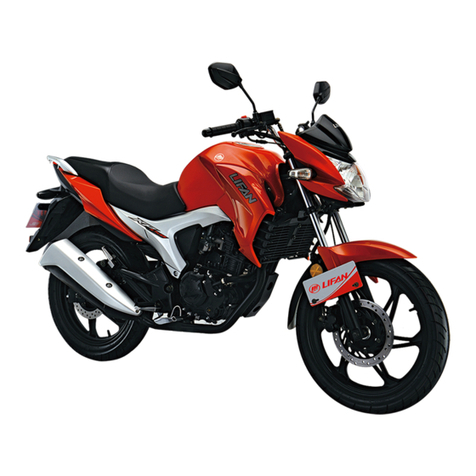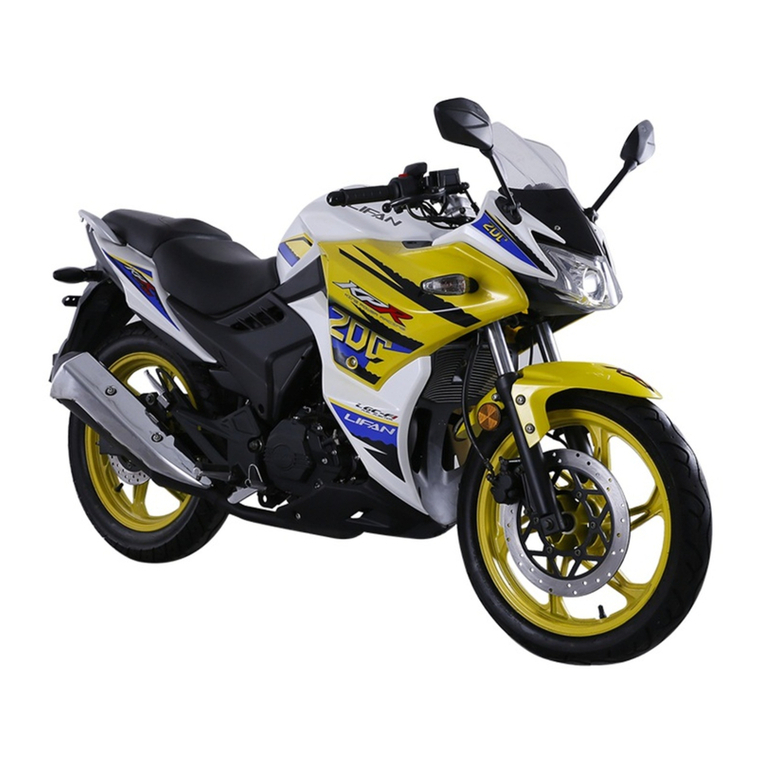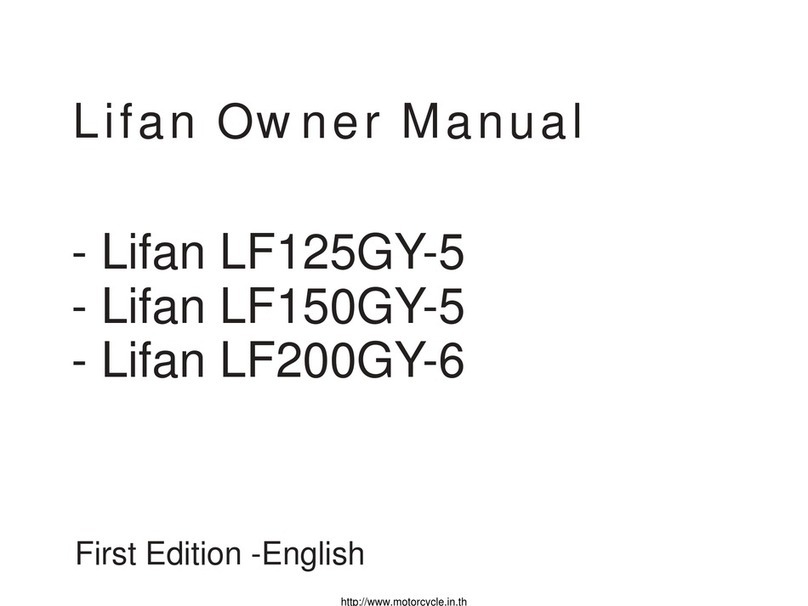CONTENTS
Engine Oil (EP) .................................................................... 10
Clear away Carbon Deposit (EP) ........................................ 10
Spark Plug (EP) ................................................................... 10
Air Cleaner (EP) .................................................................. 10
Valve Clearance.................................................................... 11
Muffler (EP)........................................................................ 11
3-Way Catalytic Converter (Optional)(EP) ........................ 11
Fuel Filter (EP) .................................................................... 12
Operation of Throttle.......................................................... 12
Idle Speed of Carburetor (EP) ............................................ 12
Check Leaks along Air Supply (EP) .................................... 12
Clutch .................................................................................. 12
Drive Chain ......................................................................... 13
Front Brake ......................................................................... 13
Rear Brake ........................................................................... 14
Brake Light .......................................................................... 14
How to Use Brake Wear Indicator ......................................14
Front/Rear Shock Absorber and Suspension ....................... 14
Tyre ..................................................................................... 14
Front Wheel ......................................................................... 15
Rear Wheel .......................................................................... 15
Fuse ..................................................................................... 15
Battery (EP) ........................................................................ 15
TROUBLESHOOTING, STORAGEAND OPTIONALPARTS
Troubleshooting .................................................................. 17
Cleaning and Storage ............................................................ 17
Removal from Storage ......................................................... 17
Fall-Over Safety Device (Optional) .................................... 18
Anti-theft Device (Optional) .............................................. 18
ELECTRICDIAGRAM ........................................................... 19
SPECIFICATIONS ................................................................. 20
MOTORCYCLE SAFE RIDING
Safe Riding Rules ................................................................... 1
Protective Cloths ................................................................... 1
Refitting ................................................................................. 1
Loading .................................................................................. 1
Accessories ............................................................................ 1
GENERALINFORMATION
Parts Location ....................................................................... 2
VIN Record ........................................................................... 3
Fuel and Engine Oil (EP) ....................................................... 3
CONTROLLING PARTS
Meter and Indicators ............................................................. 4
Ignition Switch and Steering Lock ......................................... 4
Right Handlebar Controls ...................................................... 4
Left Handlebar Controls........................................................ 5
Choke Lever .......................................................................... 5
Refueling and Cap ................................................................. 5
Fuel Cock .............................................................................. 5
Gearshift Pedal ...................................................................... 6
Rear Brake Pedal ................................................................... 6
Rear ShockAbsorber ............................................................. 6
Side Stand .............................................................................. 6
OPERATIONGUIDE
Pre-ride Inspection ................................................................ 7
Starting the Engine ................................................................. 7
Breaking-in ............................................................................ 7
Riding .................................................................................... 7
Braking and Parking ............................................................... 8
MAINTENANCE
Tool Kit ................................................................................. 9
Maintenance Schedule ........................................................... 9
LF125GY-5改.p65 2012-3-1, 10:293






